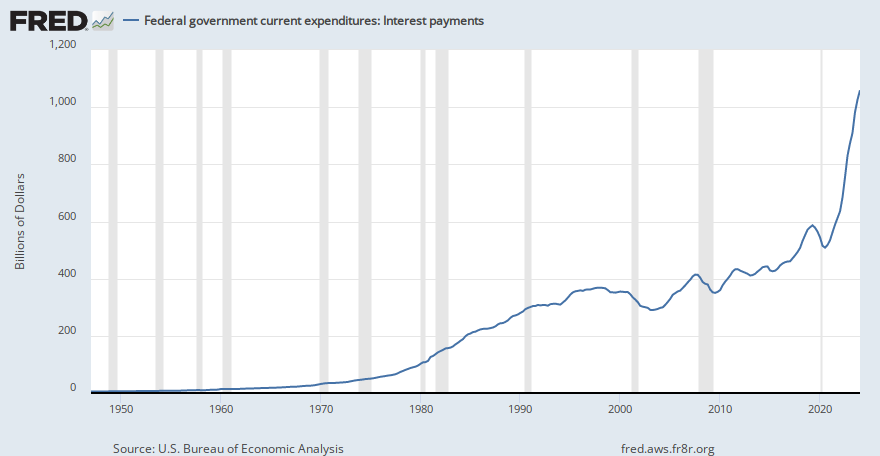The Treasury does issue dollars. It creates dollars by spending them. That is the reality as it exists now; the notes might say "Federal Reserve" on them but they are printed by the Treasury and when you pay your taxes by mail you address it to the Treasury, not to the Fed (the Treasury also makes digital payments which of course account for many more dollars than the sum of all the paper notes in existence). The notes are also signed by the US Treasurer and Secretary of the Treasury, not the Chair of the Fed's Board.
The issue with the debt ceiling is that the Fed is required to issue bonds equalling the amount by which spending exceeds tax receipts; this is a legal/political requirement rather than a technical/operational one. The debt ceiling and the requirement for debt issuance equal to the amount of a deficit are both relics of when the money was specie and later when it was backed by gold; both requirements entirely counterproductive now.
The Fed issuing bonds mean that every dollar in the Budget of the government is borrowed from someone. When you mail your taxes to the Treasury, this is counted against the debt balance of the Treasury. This is not a mere technicality, but a pillar of the monetary system. If the spending of the government was not covered by bonds, you would be looking at a very different monetary system. Would it work? Maybe. But it would be an experiment.
The value of any currency is that there is demand for it. Taxes is one form of demand, but does not cover the entire demand of the dollar.Yeah, the value of fiat currency is based on the fact that you must pay taxes to a government or get in big trouble possibly up to and including going to jail. That is where the "scarcity" comes in - it's not scarcity per se but the fact that everyone knows they need some dollars to pay their taxes (I know not everyone is a net federal taxpayer but those people still pay all kinds of taxes).



